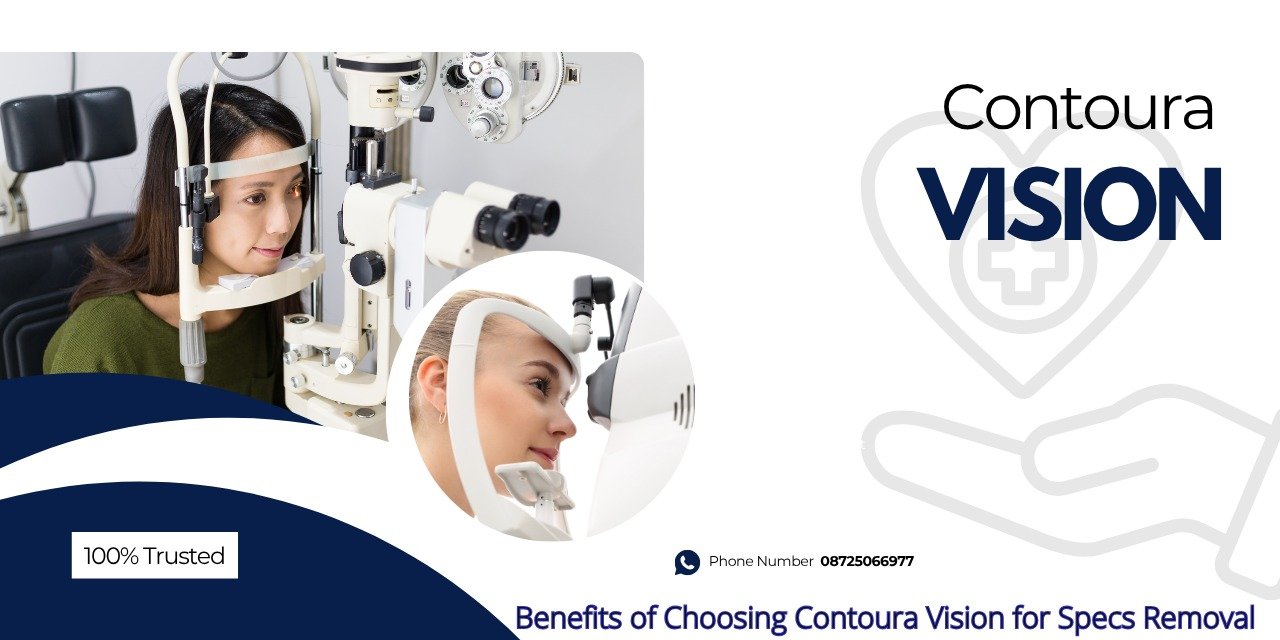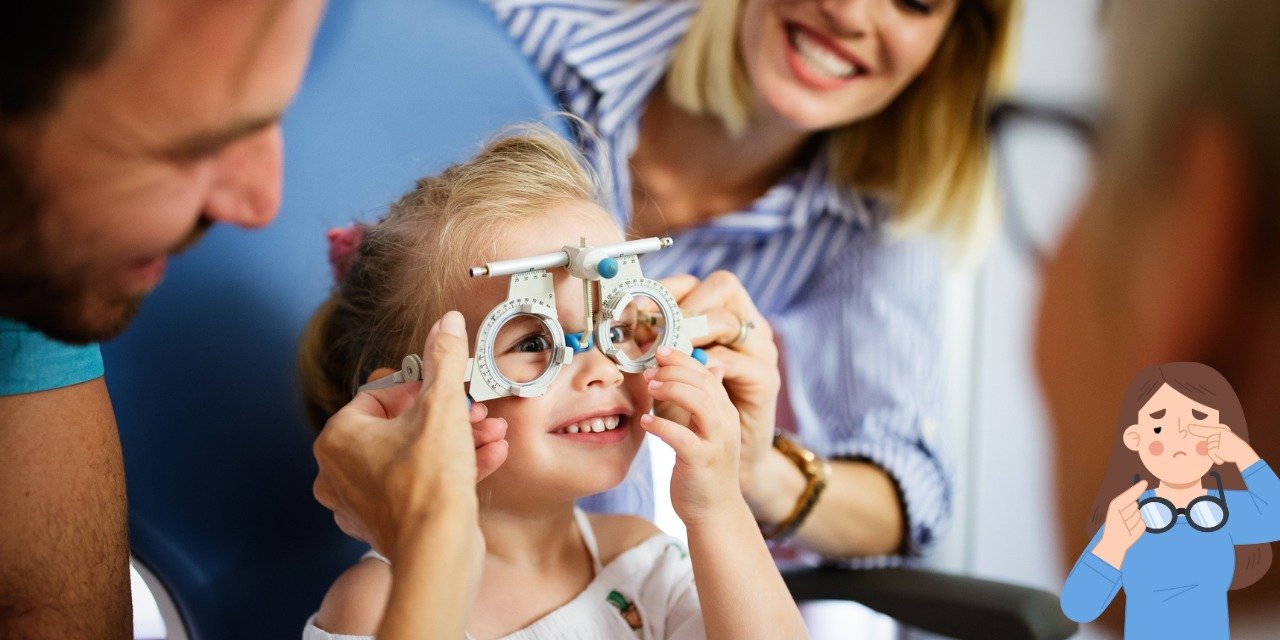Squint, medically known as strabismus, is a condition where the eyes do not properly align with each other. This misalignment can lead to various visual problems, affecting both children and adults. Understanding the causes and treatment options available is crucial for effective management of this condition.
What is Squint?
A squint occurs when the muscles that control eye movement do not work together as they should. This leads to the eyes being misaligned. It may affect one eye or both and can occur intermittently or constantly. Squint is most commonly seen in children but can also develop in adults due to various underlying conditions.
Causes of Squint in Children
Squint in children can develop for various reasons, including:
- Congenital Factors: Some children are born with squint due to genetic factors or improper development of the muscles around the eyes during fetal growth.
- Refractive Errors: Children with uncorrected refractive errors like nearsightedness (myopia), farsightedness (hyperopia), or astigmatism may develop squint as the brain tries to compensate for blurred vision.
- Neurological Disorders: Conditions that affect the brain or nervous system, such as cerebral palsy, Down syndrome, or hydrocephalus, can lead to squint.
- Injury or Trauma: Any injury to the eye or the muscles surrounding the eye can result in misalignment, causing a squint.
- Premature Birth: Babies born prematurely are more prone to developing squints, as their eyes and brain may not have developed fully at birth.
Causes of Squint in Adults
In adults, squint may develop suddenly or gradually due to various reasons, including:
- Uncorrected Refractive Errors: Just like in children, adults with uncorrected refractive errors can develop squint.
- Stroke: A stroke can affect the brain’s ability to control eye muscles, leading to the onset of squint in adults.
- Nerve Palsy: Damage to the nerves controlling eye movements can result in squint. This may be due to diabetes, high blood pressure, or other health conditions.
- Thyroid Eye Disease: Thyroid issues can cause inflammation around the eye muscles, leading to squint.
- Injury: Trauma to the eye or surrounding muscles can also lead to squint in adults.
Symptoms of Squint
The most noticeable symptom of squint is the misalignment of the eyes. Other symptoms include:
- Double vision (particularly in adults)
- Eyes not moving together
- Blurred vision
- Difficulty in focusing on objects
- Tilting the head to one side to see clearly
Children with squint may not always complain of these symptoms, but parents should look for signs such as frequent squinting, closing one eye to focus, or difficulty reading.
Diagnosis of Squint
Squint is diagnosed through a comprehensive eye examination. This includes:
- Visual Acuity Test: To check for refractive errors.
- Ocular Alignment Test: To assess how the eyes are working together.
- Eye Movement Test: To observe the movement of the eye muscles.
- Dilated Eye Exam: To evaluate the internal structures of the eyes.
If squint is suspected in a child, it is essential to consult an ophthalmologist or pediatric eye specialist as early as possible to avoid the development of further vision problems.
Conclusion
Squint is a manageable condition with various treatment options available. Early diagnosis and appropriate intervention are crucial in preventing complications such as amblyopia (lazy eye) or social anxiety due to appearance. If you or your child are experiencing symptoms of squint, it is advisable to consult with a specialist.For effective squint eye treatment in Mohali, consider visiting JP Eye Hospital, where expert care meets advanced technology. To schedule an appointment, please contact us at +918048193820.













